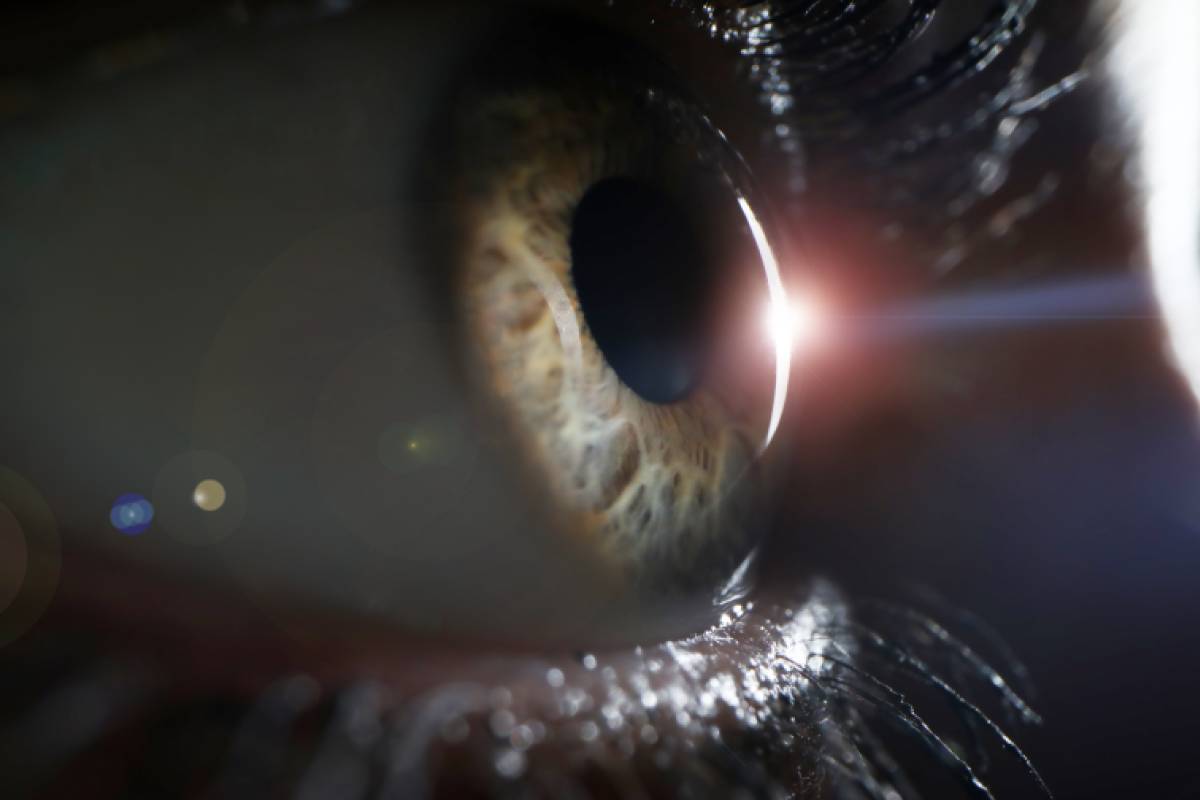Given how glaucoma impacts approximately 67 million people in the United States, it is not surprising that glaucoma surgery is one of the most common eye procedures performed today [1]. Despite the frequency with which these procedures occur, anesthesia for glaucoma surgery is not always a straightforward task. Not only do anesthesiologists have a wide range of choices in terms of techniques to use —general, topical, subconjunctival, retrobulbar, peribulbar, and sub-Tenon’s anesthesia are all options— but they also must take steps to avoid serious complications, such as optic nerve damage [2, 3]. This article will discuss some considerations anesthesia providers should keep in mind when preparing for glaucoma surgery.
Providers often opt for local anesthesia when performing glaucoma surgery [3]. Its advantages include faster discharge and less stress imposed on patients and medical teams, but it may also increase intraocular pressure [4]. The particular application of local anesthesia to be employed depends on several factors.
When the surgical team opts to perform a nerve block, sub-Tenon’s anesthesia is recommended because it can help avoid placing undue pressure on the optic nerve [2]. Studies have reported that, in many cases, including during longer procedures, sub-Tenon’s techniques result in high patient and surgeon satisfaction [5]. However, a sub-Tenon’s block risks complications such as conjunctival buttonhole, failed surgery because of conjunctival scarring, and potentially globe perforation [3]. Subconjunctival techniques also risk these same complications [3].
Topical anesthesia, combined with monitored anesthesia care, is an alternative local method that anesthesia providers could use [1]. It is especially effective for trabeculectomy, although in those cases, providers may wish to avoid subconjunctival 2% lidocaine because of its potentially detrimental effects on healing [2]. This technique is also effective for peripheral iridotomy in instances of angle-closure glaucoma and for minimally invasive procedures [2]. A limitation of topical anesthesia, however, is that it may not be appropriate when the procedure is likely to take a long time or the surgeon’s experience is limited [5]. Providers should also note that topical anesthesia demands high levels of patient cooperation [3].
Meanwhile, general anesthesia may only be appropriate for some forms of glaucoma surgery. For instance, while providers can opt for general anesthesia for trabeculectomy, they do not typically elect for that technique when performing non-penetrating surgeries, like viscocanalostomy and deep sclerectomy [2]. An advantage of the technique, when it is appropriate, is that it does not necessitate intraoperative patient cooperation [6].
Unfortunately, general anesthesia also raises concerns for certain classes of patients. For instance, there is an ongoing debate in the medical community about general anesthesia’s potentially neurotoxic effects on the developing brain, causing some practitioners to caution against general anesthesia when operating on children [7]. If a provider elects to use general anesthesia on a child patient, Yeung et al. suggest administering medications like propofol or dexmedetomidine hydrochloride to lessen sevoflurane agitation and delirium and, thus, provide ease of mind to both children and their parents [6].
All of these considerations make clear the importance of communication when designing an anesthesia regimen for glaucoma surgery. By understanding a patient’s concerns, medical history, medication use, and particular physiology, anesthesia providers will gain a better sense of what type of anesthesia is optimal for glaucoma surgery.
References
[1] O. Lodhi and K. Tripathy, “Anesthesia for Eye Surgery,” StatPearls, Updated November 15, 2022. [Online]. Available: https://www.ncbi.nlm.nih.gov/books/NBK572131/.
[2] A. Pucchio et al., “Anesthesia for ophthalmic surgery: an educational review,” International Ophthalmology, November 2022. [Online]. Available: https://doi.org/10.1007/s10792-022-02564-3.
[3] O. M. T. Gedar, D. E. Arı, and Ü. Aykan, “Anesthesia Management in Glaucoma Surgery,” ARC Journal of Anesthesiology, vol. 1, no. 3, pp. 9-18, 2016. [Online]. Available: https://doi.org/10.20431/2455-9792.0103002.
[4] H. Ali et al., “Dexmedetomidine as an Additive to Local Anesthesia for Decreasing Intraocular Pressure in Glaucoma Surgery: A Randomized Trial,” Anesthesiology and Pain Medicine, vol. 10, no. 3, June 2020. [Online]. Available: https://dx.doi.org/10.5812/aapm.100673.
[5] F. G. Guijarro-Oria et al., “Prospective study of cooperation and satisfaction in glaucoma surgery under sub-Tenon’s anesthesia,” Archivos de la Sociedad Española de Oftalmología (English Edition), vol. 88, no. 3, pp. 102-107, March 2013. [Online]. Available: https://doi.org/10.1016/j.oftale.2012.06.008.
[6] H. H. Yeung et al., “Perioperative Management of Pediatric Glaucoma Surgery,” International Ophthalmology Clinics, vol. 60, no. 3, pp. 135-140, Summer 2020. [Online]. Available: https://doi.org/10.1097/IIO.0000000000000311.
[7] T. C. Chang and K. M. Cavuoto, “Anesthesia considerations in pediatric glaucoma management,” Current Opinion in Ophthalmology, vol. 25, no. 2, pp. 118-121, March 2014. [Online]. Available: https://doi.org/10.1097/ICU.0000000000000032.
